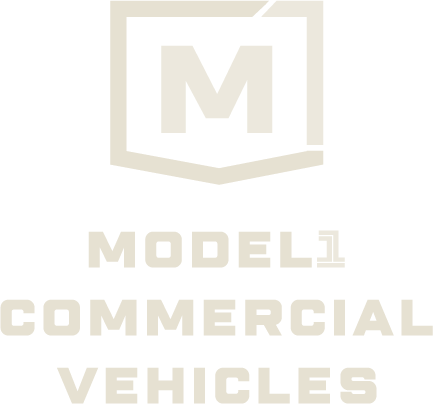News
Safety Checks for Your Luxury Tour Bus Fleet: Part I

When passengers hire a luxury tour bus, passengers shouldn’t need to be concerned with safety. Operators and drivers must take precautions and inspect the bus on a regular basis to avoid unforeseen mishaps. In this blog post and the ones to follow, we’ll take a look at a few safety tips for luxury tour bus fleets.
In order to guarantee a smooth ride, all mechanical checks need to be done prior to the trip. Set a date every month to inspect your vehicle and stick to it.
Exterior and Mechanical Checks
- Ensure the headlights, brake lights and turn signals are effective.
- With the engine turned off and the parking brake engaged, inspect the undercarriage to ensure there are no leaks or hanging wires. Use a flashlight to give a cursory look at the ground and undercarriage. If you’re not an experienced mechanic, avoid crawling underneath the bus. If you notice a problem that is out of the ordinary, contact your dealer or trusted mechanic.
- Run heating and air conditioning units to test effectiveness.
- When the vehicle is cool, open the hood of your luxury bus and inspect the fluid levels. Make sure you have enough washer fluid and coolant. Most importantly, check your oil as well. It is a simple process that can be done with a lint-free rag in five minutes or less.
- Unexpected rain or moisture can decrease visibility and increase dangerous situations. Run your wipers on a wet windshield to make sure they’re in top shape.
- Buy a small tire gauge and keep it in your emergency roadside kit. Your owners manual will tell you the proper number range to maintain. Underinflated tires or overinflated tires can cause serious damage.
- Make sure your bus is clean before picking up customers. Clean mirrors and windows increase visibility while also making a good impression.
Performing these simple checks on a regular basis ensure greater safety and reliability of your vehicle. Better to address small problems early than to pay more in time and money for a large mechanical issue. In part two of this series, we’ll explore interior and in transit safety precautions and recommendations.

